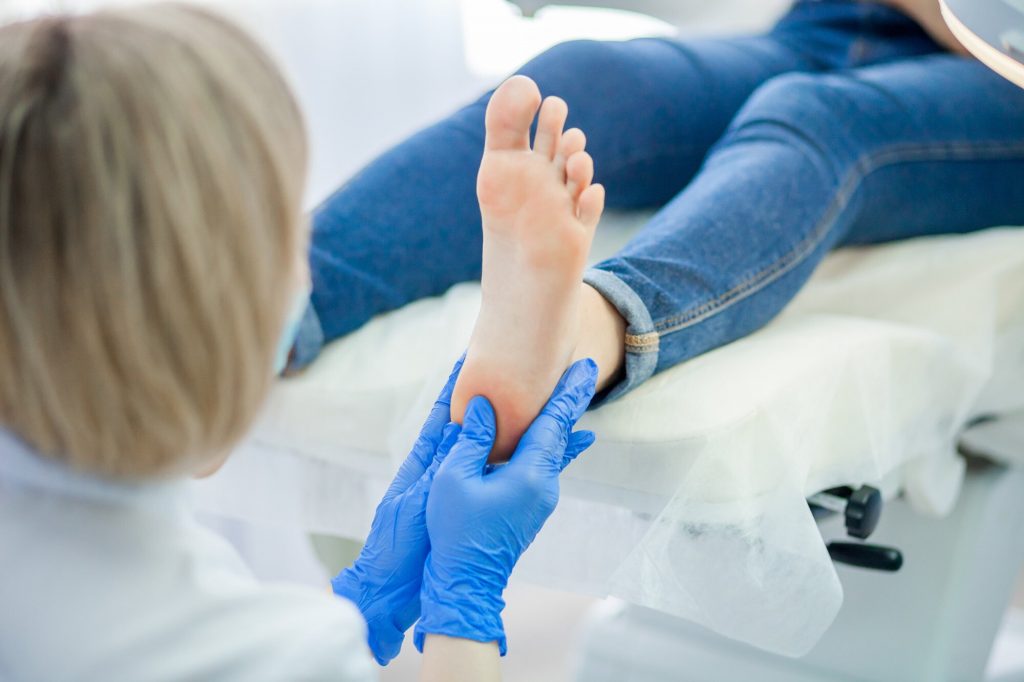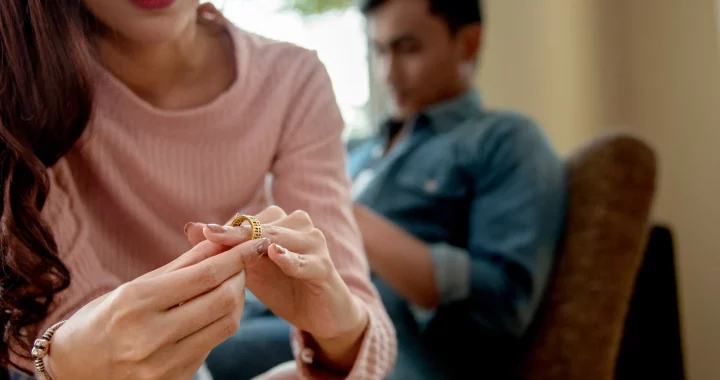What Can Be Done With Morton’s Neuroma?
5 min read
Last Updated on February 18, 2022 by Aaron Thompson
If you feel a burning sensation and pain between the third. And fourth metatarsals of your foot, you may have Morton’s neuroma. It’s called a neuroma, which means a tumor. But it’s actually a thickening of the nerves that run between two bones and can make the toes above them numb. Many people also report that their shoes feel as if they have gravel in them. This condition is more likely to occur in women and those in their 40s to 50s. This is most common in people who have been wearing high heels.
And tight-fitting shoes for many years, such as ballet dancers and runners
. Non-surgical treatments include switching to shoes with lower heels. Higher cushioning, and wider shoes that can be tucke into the shoe. If the pain persists or worsens it is a good idea to have your foot checked. And consult a podiatrist who will explain other treatment options. This includes injections, custom orthopedic devices. And in some cases, surgery to paralyze or relieve pain in the area.
Morton’s disease is a very unpleasant condition to live in. If you suspect you have Morton’s disease, contact the foot doctor Hixson TN of the Foot Institute. Our doctors will take care of all your podiatry needs and answer important questions.
Morton’s disease
Morton’s disease is a painful condition of the foot that usually affects the area between the 2nd and 3rd or 3rd and 4th toes, but other areas of the foot are also susceptible .disease is cause by inflammation of the nerves. That are compress and aggravated by the bones around the foot.
What increases the likelihood of Morton’s disease?
Unsuitable high heels or shoes that put pressure on your toes or feet
Sports with jogging, running, or the continuous slap of the foot
Flat feet, hallux valgus and other foot deformities
Morton’s neuroma is a very treatable disease. Orthoses and shoe insoles are often used to relieve pain in front of the foot. In more severe cases, corticosteroids may also be prescribe. To find the best treatment for neuroblastoma, it is recommend. That you consult a Foot doctor Hixson TN who can diagnose your condition. And offer you a variety of treatment options.
Details of Morton’s disease
Get professional care for broken legs and ankles
Continuous care and regular evaluation is important for foot or ankle fractures. Untreated foot and ankle fractures can worsen over time. And cause more serious problems.
If you suspect you have a broken leg or ankle, don’t wait for the test.
What to do with DFU
DFU, or diabetic foot ulceration, is unfortunately a common complication of diabetes. DFU is a dangerous pain that can arise in the feet. And caused by a combination of hyperglycemia, poor circulation, nerve damage, and immunodeficiency. These wounds are usually slow and heal, and often need medical attention. If you have a DFU and notice new pain. Discharge, discoloration, swelling, stench, or dead tissue at the site of the ulcer. It is advisable to contact your podiatrist. If the size or depth of the DFU is increasing or not improving, seeking treatment is state. Some procedures that may be useful in the clinic include excision of the wound. Medicate bandages, orthotic drainage, and surgery to remove dead tissue. If you have diabetes, it is recommend that you seek the care of a podiatrist on a regular basis.
Wound care plays an important role in the fight against diabetes. If you have diabetes, foot ulcers, or need more information. On how to treat wounds for diabetics, consult a podiatrist at the Foot Institute. Our doctor will assess your condition and provide high-quality foot and ankle treatment.
What is wound care?
Wound care is proper wound care. This can range from minimal to most pain. Anyone can enjoy proper wound care, but this is even more important for diabetics. Diabetics often suffer from poor circulation. And wound healing is much slower than in people without diabetes.
What is the importance of wound care?
Small sores on the feet may not seem obvious, but ulcers of any size can infect diabetics. Diabetics often suffer from neuropathy and nerve loss. This means that if you have an ulcer on your foot you may not feel it. If the wound is infected, amputation may need. So, it is very important to care for the foot wounds.
How to take care of scratches?
The best way to care for foot sores is to prevent them. For diabetics, this means checking their feet daily. For signs of abnormalities or ulcers. Visiting a pediatrician several times a year to check your feet is also recommended. If you have an ulcer, soak the wound in water to clean it. Then apply antibiotic ointment to the wound and cover it with a bandage. Bandages should be change daily and it is advisable to tighten the wound. It is recommend that you see a podiatrist after this.
Difference between Plantar Fasciitis and Heel Spur
Plantar fasciitis and heel spurs are associate symptoms that usually affect the heel. Plantar fasciitis is a painful inflammation of long fibrous tissue. That spreads to the sole of the foot when the sole of the foot (plantar fasciitis) is damage or torn. Heel spurs can result from plantar fasciitis. And damage to plantar fasciitis causes thin heel deposits to form on the heel bone. These deposits can accumulate in the calcaneus and be up to 1/2 inch long. X-rays may be requird to diagnose a heel spur. This is because radiographs are usually asymptomatic. Symptoms usually manifest as stabbing pain in the heel. Caused by spurs burrowing into the fat pad of the heel. Podiatrists have extensive experience with plantar fasciitis and heel spurs. And use a variety of treatments to aid healing and relieve pain. Don’t live with heel pain. Ask your podiatrist to diagnose and treat your condition as soon as possible.
Many people suffer from heel pain. For more information, contact one of the podiatrists, The Foot Institute. Our doctor can give you the care you need to get rid of your pain and keep your feet in shape.
Causes of heel pain
Heel pain is often associated with plantar fasciitis. The plantar fascia is a piece of tissue that runs along the bottom of the foot. A tear or tear to this ligament can cause the tissue to become inflamed.
Achilles tendonitis is another cause of heel pain. Achilles tendonitis causes pain due to fractures and muscle damage. Another symptom is flexibility.
Heel spur is another cause of pain. When the plantar fascia tissue put under great stress. The ligaments separate from the calcaneus, which can lead to heel spurs.
Why can I have heel pain?
Wearing the wrong shoes
Wear unsupported shoes
Weight change
Extreme race
Treatment
Heel pain should be treat as soon as possible for immediate results. Helps keep your feet in a stress-free environment. If you have Achilles tendonitis or plantar fasciitis, applying ice will reduce swelling. Stretching before exercise, such as running, will strengthen your muscles. Using all. these tips will help you make heel pain a thing of the past.






